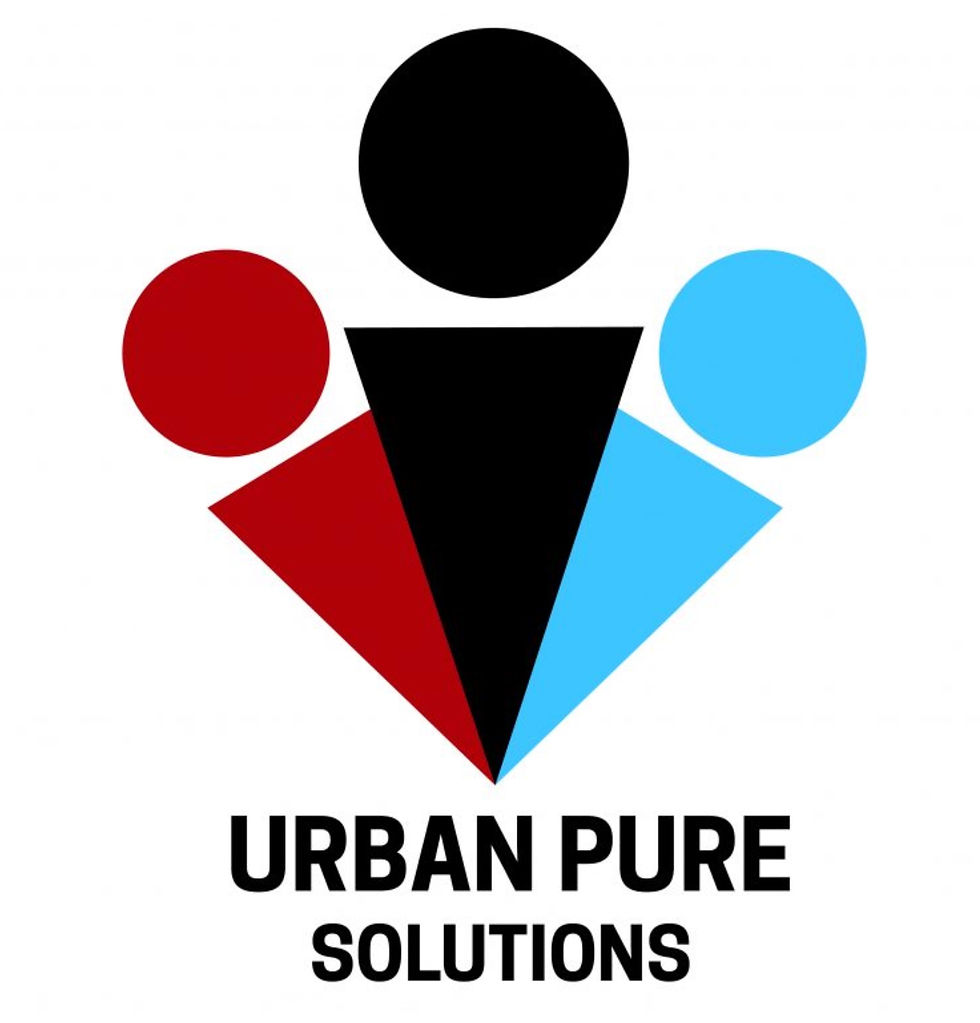Updated: Aug 4
We were lucky enough to be awarded finding by the National Lottery and last year we worked on our Speaking Out Making Changes project. We worked alongside interns form DISC to create Signalong films and the 4 students from
the Speech & Language Therapy course at the University of Manchester created resources to go with those films.
The first topic we are sharing are resources on 'Feelings and Emotions'.
Our student, Emily Marsh, developed the well-known song ‘If you’re happy and you know it’ into an opportunity
to sign. The idea was developed with staff and supported people from Pathways to Opportunities in Oldham.

Emily also created a Memory Pairs game, which we are also sharing so you
can offer the chance to learn signs in a fun way.
The game uses matching and repetition to good effect which means people
playing get time to learn the signs .
You can download the games below or from our website:
Thanks to Boardmaker for the use of symbols and Signalong for permission
to share their line drawings illustrating the correct methodology.
We have a brand new set of signs! These were created with interns from DISC and students
from the university of Manchester. The new set arose following a discussion on the importance
of a consistent signing system with Dean Coady from Urban Pure solutions. Dean was using signing
in his training to great effect.
We set about ensuring the people he trained were aware that Signalong is often the preferred
signing support system and a years of training and promotion have gone into ensuring consistency
across local areas. So we got together with our team of volunteers and with the interns at DISC
to update the signs.
The result is a specific set, with grateful thanks to Signalong for their support too. Please see
our YouTube channel and check out Dean’s website too.

Myself and three other Speech and Language Therapy undergraduates from the University of Manchester recently had the privilege of joining Total Communication CIC in collaborating with interns from Digital Independent Specialist College (‘DISC’) as part of the Speaking Out Being Heard project funded by the National Lottery Community Fund.
Over our four week placement we visited DISC where a group of young adult interns have been co-producing a series of short films showcasing some of the work being done during Total Communication CIC’s Speaking Out Being Heard project.
The interns have filmed and produced a series of short films demonstrating key Signalong signs. These are introduced by Alison and Gareth from Total Communication who explain the ideas behind Signalong and why it is important to support not just service users and their families and staff.

Why exactly is the support of family and staff so important? The Speaking Out Being Heard project aims to give people the confidence to learn and use signing as a supplementary way of communicating within a total communication approach. This approach supports those with communication difficulties to communicate effectively to the best of their ability in an accessible way, for example by using Signalong.
Communication between an individual and their communication partners such as families and staff, for example in the day centres and specialist schools we visited as part of the project, relies on mutual understanding. For an individual’s voice to be heard and understood, conversation partners in regular settings also need to have knowledge of the system, for example recognising signs. Successful communication between the service user and their family or communication partners will help to reduce risks such as frustration and isolation. By reducing these risks, supporting communication therefore also reduces the detrimental impact they can have on someone’s physical and mental health as a result.
The films are not just for staff and families, however. As Hannah, part of the filming crew at DISC says, “Everyone will benefit from watching the films, from people with disabilities to people with no disability, I think it is good for people to know because you never know, there might be a situation where you could use it.” Despite the infamous Mr. Tumble on our TV screens and Ms. Rachel online promoting the use of signing for babies and children, there is a noticeable shortage of signing resources aimed at older individuals. The DISC productions can help to fill the gap by providing an inclusive and accessible format suitable for a wide range of service users and communication partners from parents to day centre staff.
On site at DISC, footage was taken of us students demonstrating Signalong signs for key topics. We had lists of signs collated in training with requests from families and also from self-advocates. We signed a selection of words for feelings, food, personal care and body parts, but it wouldn't have felt right to film in December without also doing some festive signs for Christmas! The final list of Christmas signs to film was chosen with the assistance of Sam, a teacher at New Bridge School, who uses Signalong in her classes. I hadn't expected my first placement to involve a spell in front of a camera, but DISC made me feel much less apprehensive. From day one we were offered a warm welcome by the college, which provides opportunities for young people aged 16 to 24 with Special Educational Needs and Disabilities (SEND) and who have an interest in working in a creative digital industry.
I was unaware that places like DISC existed for young adults prior to the placement. I had the chance to see first-hand how facilities like this support and nurture young people who hold a shared passion. By offering a variety of opportunities and adapting to individual needs, the college offers a safe environment, supporting the young people in achieving their potential and developing key skills for the workplace.
The set up and shooting had the interns taking responsibility for storyboarding, planning and setting up the shoots at the in-house recording studio and out on location. Meanwhile, we students got to experience being actors, signing the key vocabulary surrounded by lighting, green screens, microphones and cameras.

The DISC interns also joined us at New Bridge School, where the children enjoyed an interactive lesson with their amazing teacher Sam, choosing and signing colours and foods. Who wouldn't like to try to sign the word ‘cake’ when presented with a slice of chocolate fudge cake for their efforts? In keeping with the shared passion for inclusive communication, the DISC interns had prepared a short film introducing themselves, which they sent to the school children ahead of their visit. When the interns arrived at the school the children had therefore already seen them on the TV and were excited to meet them in person.
With the help of Studio Manager Nicola, the interns collated and edited the footage from the various settings, overlayed graphics and music, and produced the final films for putting online. The final films look amazing and are a testament to all of their hard work.
Collaborating with young adults with SEND meant not just an opportunity for them to gain more practical experience but also added a special dimension to this aspect of the Speaking Out Being Heard project. In their own words, “you could think that because a lot of us have special needs as well it gives more meaning to the film.” For a project focused on giving voices to those who need to be heard, filming with DISC is perfectly placed.
What have I learned?
“We all learn, we all find new things, we all can have fun.” - Charles, DISC
We learned a multitude of new signs for the filming, as did the interns, who all told me that they enjoyed learning them alongside us during the filming. In turn, we students experienced a unique and fun learning environment where effective and adaptive communication is encouraged. In addition to the positive communication ethos of the college itself, they employ effective communication techniques, including the iMA lanyards worn by staff and students which provide a visual display of an individual’s preferred communication approach. To see this focus on flexible and adaptive communication methods extended to the introductory films for the school children was a perfect example of how small modifications can make a big difference to individuals.
So where can you find the finished products? Check us out on YouTube at:






















